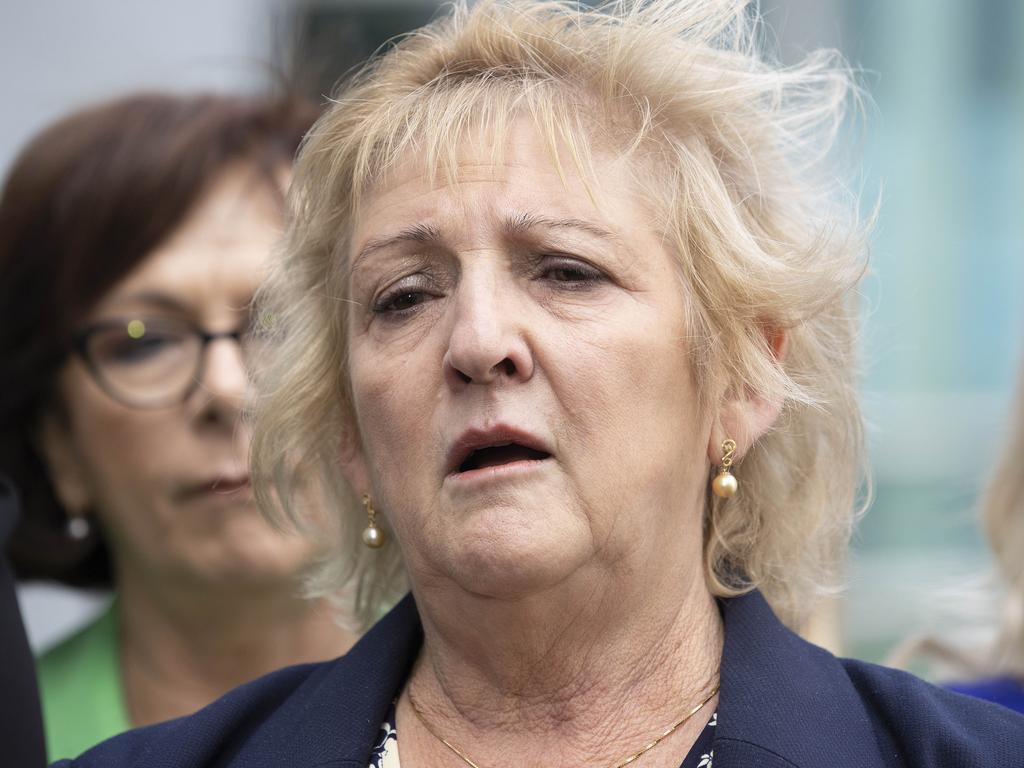Multibillion-dollar pumped hydro ‘may be Qld’s Snowy 2.0 debacle’
The state government’s flagship pumped hydro project is at risk of becoming Queensland’s version of the “Snowy 2.0” debacle, a local MP claims.
QLD News
Don't miss out on the headlines from QLD News. Followed categories will be added to My News.
The state government’s flagship renewable project the Pioneer-Burdekin Pumped Hydro is at risk of becoming Queensland’s version of the “Snowy 2.0” debacle, complete with cost escalations and delays, LNP federal Member for Capricornia Michelle Landry has claimed.
Ms Landry, alongside hundreds of locals in the town of Eungella about 70km west of Mackay, have been vocally opposed to the government’s plan to build the world’s largest pumped hydro in the middle of the platypus hotspot.
The Courier-Mail revealed last week the initial forecast $14bn for the plan was likely well under, with Premier Steven Miles even admitting the government didn’t know what the bill to taxpayers would be.
Ms Landry said it pointed to the project lining up to be a white elephant.
“Initially estimated at $2bn, the troubled Snowy 2.0 project was slated for completion by 2021,” she said.
“However ongoing construction and extensive delays have pushed the projected cost to $12bn.
“Remarkably, this matches the initial forecast for the Pioneer Burdekin Pumped Hydro project, which is two and a half times larger than the still-under-construction Snowy
2.0.”

Mr Miles faced a fiery reception at a community meeting in Eungella last week as locals demanded answers on the impact on the region’s platypus population and the need for the resumption of about 50 homes.
“We have … indicated that since that costing was released the cost of everything has gone up, particularly the cost of building materials,” he said.
“And clearly there will be a lot of building materials in a project of this size.
“So we do expect that cost will have increased.”
Ms Landry accused the state government of presiding over “notable cost overruns and delays” on fundamental projects – and questioned just how much the project would cost.
“If they lack the discipline to effectively manage and deliver smaller-scale projects within budget and on schedule, how can they be expected to successfully execute a project touted as the largest in the world? she said.
“It’s reasonable to speculate that the final cost of a project of this magnitude could exceed even our wildest estimates.
“Looking to a diversified range of technologies, not ideology, as our energy strategy will be the only way to lower energy costs, enhance our power reliability, decrease emissions and stop the substantial impact to the lives of thousands of rural and regional Australians who bear witness to the extensive destruction of bushland and prime agricultural land.”








